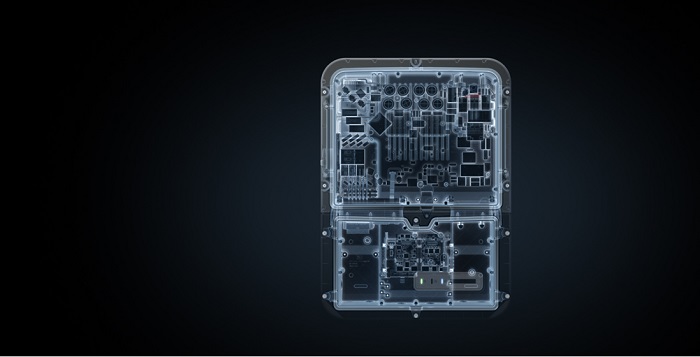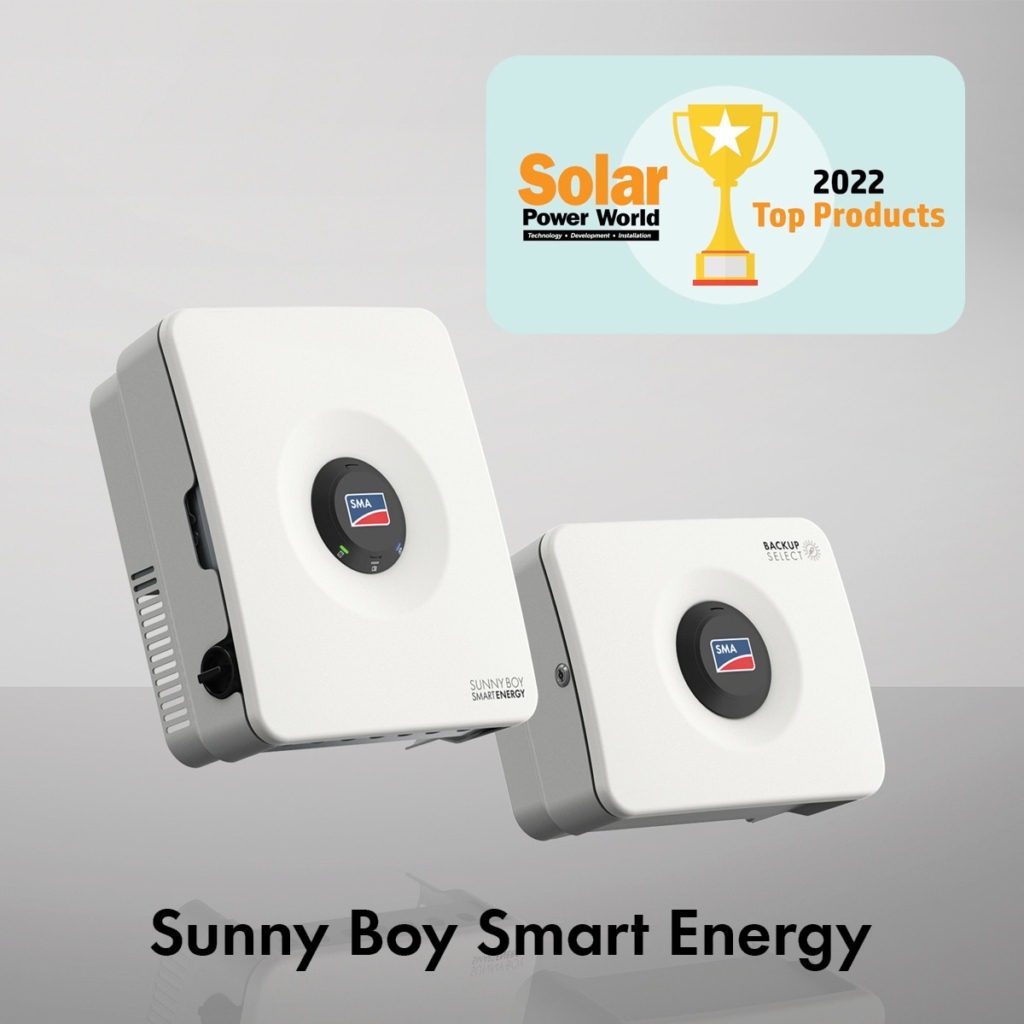New University Study Shows SMA Outperforms the Competition

Whether it’s from passing clouds, roof vents, or chimneys casting shadows, PV professionals must frequently deal with shade. But, what is the most effective way to handle it? A study by the University of Southern Denmark (SDU) now has the answer.
According to SDU, in almost all applications, a PV system with cutting-edge string optimization technology can achieve greater energy production than a system with traditional DC optimizers. Not to mention, the significantly lower component count in the string-based system also minimizes fault, fire and repair risk. The benefits don’t end there, either. Installation labor and material costs are reduced as well, and it’s easier to carry out maintenance work.
We are excited to share these findings, as it highlights that SMA inverters featuring ShadeFix optimization outperform traditional module level optimizers.
Thanks to the efficient SMA Shadefix shade management system, there’s no longer any need for additional components to mitigate the secondary effects of shade. This saves the number of electronic components in the system compared with a system featuring traditional, module optimizers. This reduced component count, in turn, significantly improves system reliability and reduces environmental waste.
But what about rapid shutdown? By relying on a SunSpec certified rapid shutdown device, componentry is reduced by 50%, greater safety is achieved, and reliability is enhanced. Installers can leverage SunSpec’s interoperable platform while maintaining freedom of choice.
 SMA string inverters are developed with an integrated shade management system that acts like a traffic officer directing the flow of electrons. This approach omits the additional components and energy consumption required by traditional optimizers that are constantly applying wear and tear to a system by increasing and decreasing voltage and current to generate incremental output. What makes the ShadeFix optimization developed by SMA such a boon to reliability and waste reduction? The optimization ensures maximum power production, even when modules experience a variety of shade.
SMA string inverters are developed with an integrated shade management system that acts like a traffic officer directing the flow of electrons. This approach omits the additional components and energy consumption required by traditional optimizers that are constantly applying wear and tear to a system by increasing and decreasing voltage and current to generate incremental output. What makes the ShadeFix optimization developed by SMA such a boon to reliability and waste reduction? The optimization ensures maximum power production, even when modules experience a variety of shade.
SDU Associate Professor Wulf-Toke Franke noted traditional module-based optimizers only achieved higher power output under heavily shaded conditions. He also said that error susceptibility increased in PV systems with module optimizers. More components in the system necessitated additional connections, increasing the risk of system failures and fires. On the whole, the study (The Impact of Optimizers for PV Modules) contradicts general statements about additional energy generation through the use of optimizers. In fact, Franke found very few scenarios where the use of optimizers improved system performance.
In other words, SMA inverters featuring ShadeFix optimization are game changers. To learn more about the study, click here for our white paper on the topic.




Feel free to contribute!